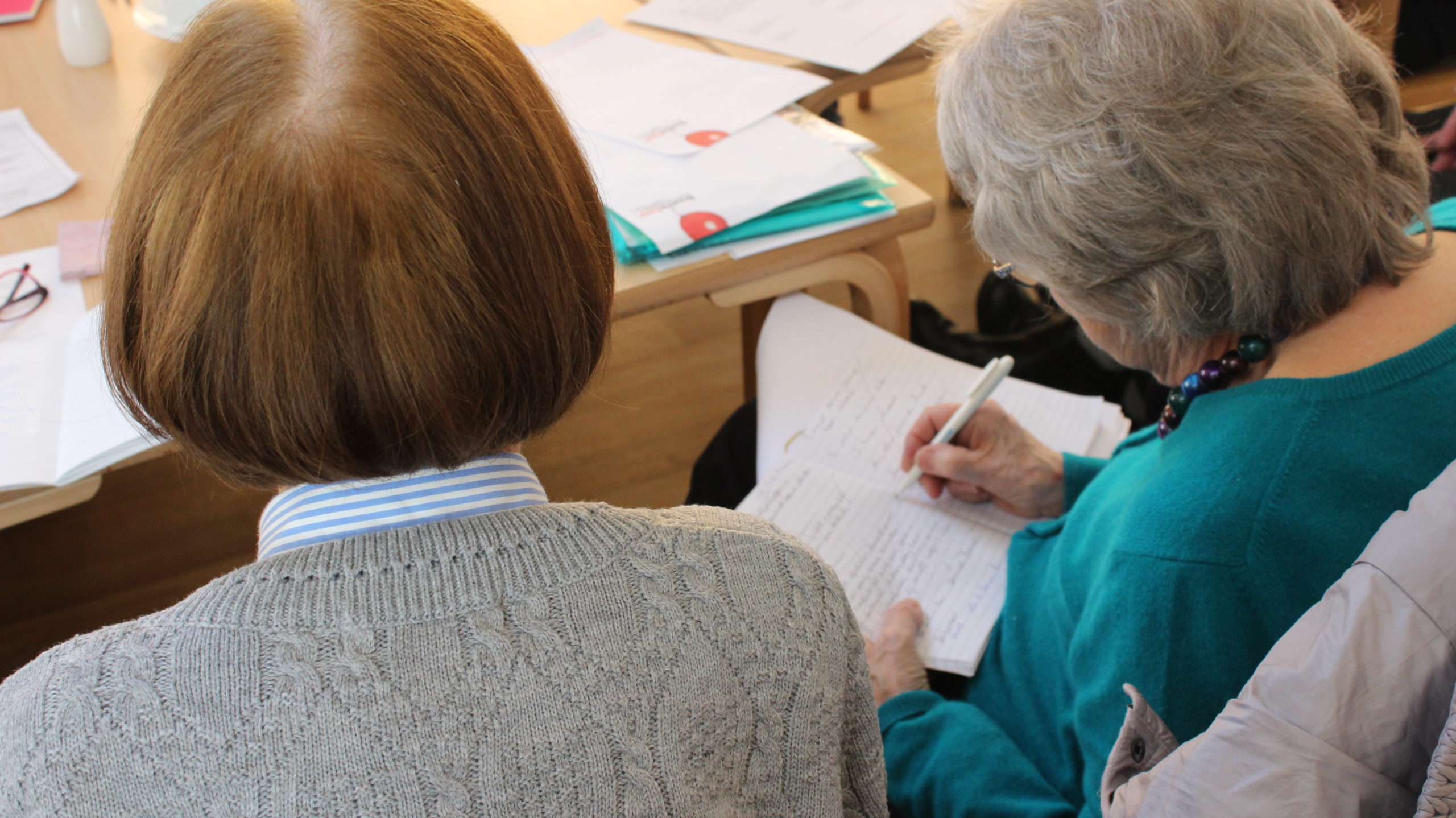“Through the lungs to memory”: Writer in Residence Evaluation

Alongside the Durham exhibition, we ran a writer-in-residence programme led by poet Christy Ducker. We have already shared some of the fantastic poems, films and findings from this project in the blog posts ‘Sharing the Unshareable‘, ‘Making the Invisible Visible’ and ‘The Secret and To Breathe‘.
We are delighted to now be able to share the evaluation of this project, which was completed by Nelli Stavrapoulou.
Project Overview
The creative writing programme was facilitated by Northumberland poet and writer-in-residence Christy Ducker, who was appointed under a competitive tender process.
Christy led a series of workshop sessions responding to the exhibition and inviting participants to think about their relationship with their breath. The writer-in-residence project was funded by Durham University’s Research Impact Fund.
Over a period of five months, Christy collaborated with a total of 45 individuals: 29 general public members and 16 Breathe Easy support group members. The project involved visits to the Catch Your Breath exhibition and 6 writing workshops.
Employing mixed methods (participant observation, interview and feedback cards among others), this evaluation examined the extent to which the project offered individuals the opportunity to develop a new language to allow them to communicate and make sense of their experiences while feeling heard and validated.
Participants employed the poetic form to communicate memories, lived experiences of stigmatisation, pain and fear as well as engaging in meaning-making and representation.
It’s as if we had to go through the lungs to memory.
Christy Ducker reflecting on the workshops
Key Findings
Both the Breathe Easy and public groups realised the potential of poetry to achieve a deeper and more empathetic reaction to experiences of breathlessness as well as serving as a platform for self-representation. The main differences occurred as members of the general public were only briefly inhabiting the experience of breathlessness (e.g. by breathing through a straw), whereas the patient group invested more in the linguistic nature of their experiences while engaging in poetry as a pathway for self-representation and validation.
Listening to people describe the difficulties of fighting for breath when it is something many of us take for granted and never think about.
Anonymous feedback card response
The full report critically evaluates the project’s participatory processes and pays attention to the challenges (time and recruitment) and possibilities (self-representation and empowerment) for transformation through the development of new forms of expression that challenge the clinical language and descriptions of breathlessness.
The evidence presented here makes a compelling case that the creative writing workshops and deep engagement with the exhibition and its themes have helped people with breathlessness feel heard, validated and empowered. It also demonstrates that general public participants were challenged to address their relationship with their breath, increasing their empathy for those who find the apparently simple act of breathing difficult at times.
We’d never met a poet and we’d never been asked to find words or even think about our experiences. It did change. People listened to each other. Because we don’t really talk about illness.
Breathe Easy Participant Interview response



